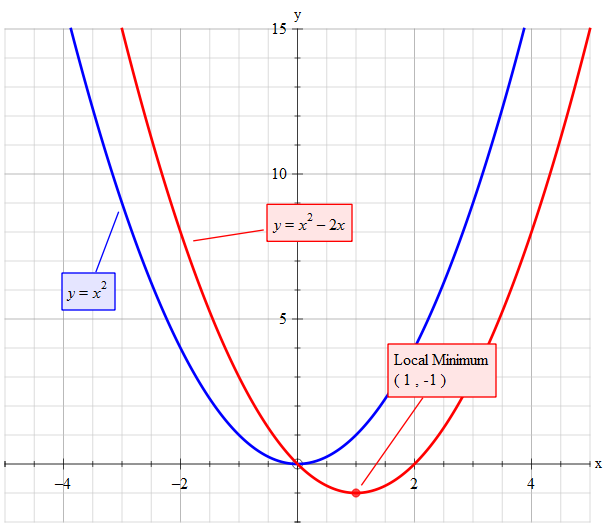How do you sketch the graph of #y=x^2-2x# and describe the transformation?
1 Answer
The graph of
The graph of
Thus the transformation of any point is
Explanation:
As the coefficient of
~~~~~~~~~~~~~~~~~~~~~~~~~~~~~~~~~~~~~~~~~~~~~~
What we are transforming is the basis of
Let the vertex of
Note this is the same as:
Note that the y-intercept is at
So for this case the y-intercept is
Let the vertex of
By including the
So the transformation for
~~~~~~~~~~~~~~~~~~~~~~~~~~~~~~~~~~~~~~~~~~~~~~~~~~
The new
So by substitution for
Thus transformation for y is
~~~~~~~~~~~~~~~~~~~~~~~~~~~~~~~~~~~~~~~~~~~~~~~~~~~
Consequently the transformation of any point is


